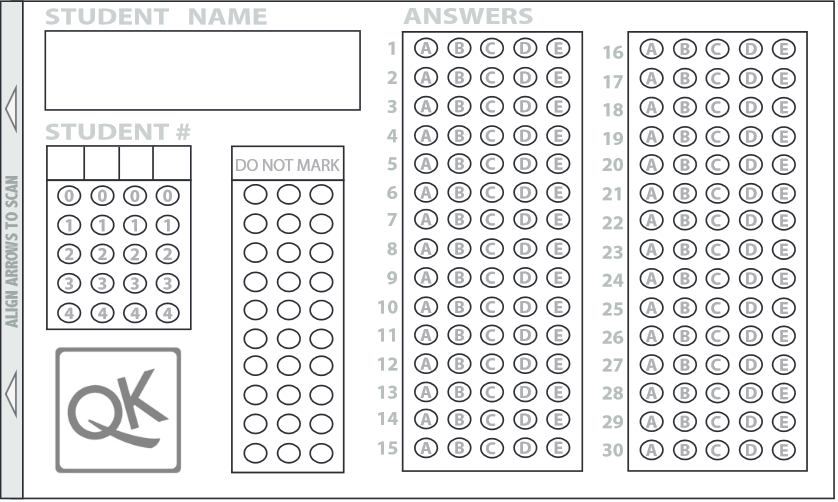Springtime is here! I've already blogged about how to have your students review
the parts of a flower, and about how to help them make
vocabulary gardens to decorate your class. I am partially inspired by the season, but also by the month!
April is home to Earth day and the 22nd is fast approaching. Have you taken any time to address ways we should care about Earth for Earth day? There are so many aspects to cover. We can talk about recycling,
water conservation, avoiding plastic, and so much more. However, in many cases, our students hear these things over and over, how do we introduce them to something new?
Here's an easy way There are some great news articles out there on the issue with bees. BreakingNewsEnglish has a lesson set up to go with an article about the
disappearing bees.
Who cares about bees? Well, we all should! It is
well documented that bees pollinate about 33% of our food! Disappearing bees means our food is disappearing as well. What kind of food is impacted? Berries, burgers, beer, and coffee are all on the hit list. If the idea of not having coffee isn't scary, then know that they also affect about $15 billion worth of US crops!
How to incorporate this into your class?
If you teach younger students Pollinator has
some great activities! I think the vocabulary is too intense for most younger EFL students, but you could adjust them pretty easily. Plus their snacks look delicious!
I would use the snacks to talk about the importance of bees. Then, I would see if I could get us permission to plant seedles in our school. There's lots of grammar to be practiced! Practice comparatives and superlatives by seeing who can throw is the highest, or closest. Practice prepositions: over the slide, beside the fence, etc. See if you can practice numbers and colors!
Seedles
are PERFECT for the classroom as they are completely non-toxic. This
means they are 100% safe to touch! Basically, your students can play
with them without you stressing about them being exposed to chemicals.
This year, instead of worrying about how to celebrate Easter without leaving out
the non-religious children, celebrate spring and making the world a better
place by throwing seedles around!
If you can't afford to support their project by buying the seedles, you can go to their
kickstarter page. There they give you the recipe to make your own seedballs. You could make
them as a class, but then I think you would need a LOT of parents helping.
Now if you're thinking, "Wow this is a great project, but I am the lesson seems way too easy for my students." That's fine. I have another idea for you :) Right now I teach Business English, so I would probably do the following:
Step 1: Read an article about
Seedles.
Step 2: Discuss the goals, and the market.
Step 3. Design a marketing campaign to help Seedle meet their goal. Could we approach larger food companies with hopes of helping save their reputation? Meet with local farmers about helping their crop? How would they use social media? etc.
Step 4. Watch the video
Step 5. Discuss the video. What market did they try to reach. Would you support them? Why or why not?
Step 6. Come up with your OWN solution to a problem plaguing the Earth and pitch it to the class!
If you don't think this lesson plan would work for you, that's fine! In fact, you can join the "
Grow the Rainbow Campaign" and sign up as a classroom champion. If the kickstarter goes through you will receive a PERSONALIZED curriculum for your class!
- If you are teaching university students about Thoreau and sustainability, I am sure they can find a way to work with that.
- If you want to look at the business aspect, they can help you with their experiences!
- If you teach little ones they have some art and theater based ideas where everyone
would play a part in a classroom reenactment of pollination. Of course they would also get some new vocabulary!
- If you teach high school students, you will receive a task based physical science lesson.
Ei Ei, one of the people heading the Kickstarter, used to manage an environmental education program in the San Francisco
public schools, so she is well experienced in tailoring environmental curriculum
to be integrated into your classroom. This way you can be sure that the lesson is designed for your class, rather than receiving cookie cutter lesson you have to adjust to fit your class.
Can't wait to start talking about bees with your class? Tomorrow I'll be posting about different figures of speech with bees. In the meantime I'd encourage you to help grow a rainbow! Even if it is just by liking their
FaceBook page.

 Once started create a new class; just give it a name and description (optional). To add students you can download the excel template and fill it out with students' names and emails (optional). This is probably the longest part, but if you use something like engrade, then you probably already have a list to copy and paste.
Once started create a new class; just give it a name and description (optional). To add students you can download the excel template and fill it out with students' names and emails (optional). This is probably the longest part, but if you use something like engrade, then you probably already have a list to copy and paste. From here you make your quiz. Depending on how long your quiz is this will take you a bit.
From here you make your quiz. Depending on how long your quiz is this will take you a bit. 














